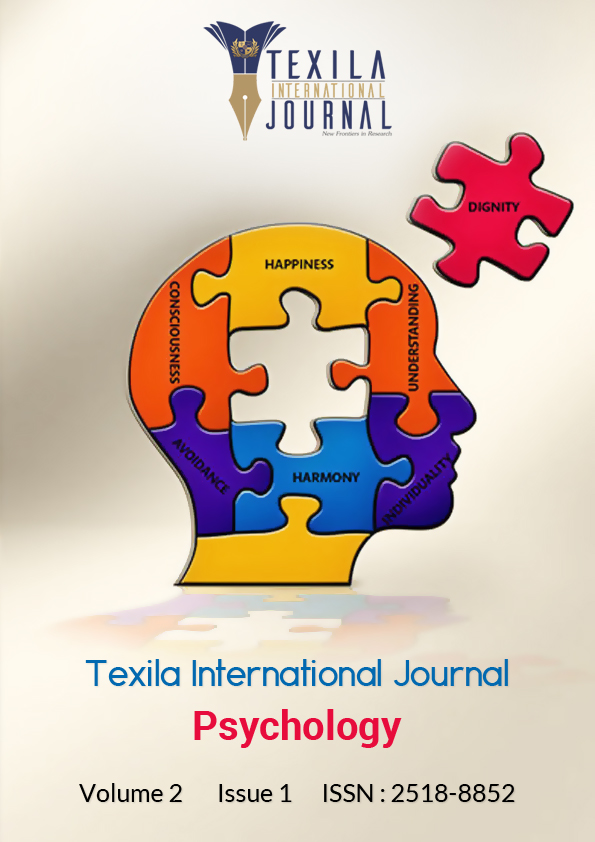References:
[1]. Awusabo-Asare,
K, Abane, A.M & Kuni-Kyereme, K. (2004). Adolescent sexual and reproductive
health in Ghana: A synthesis of research evidence, occasional report, New York:
The Alan Guttmacher Institute, 2004, no. 13.
[2]. Ayodele,
K. O. (2013) Writing apprehension and Nigerian undergraduates’ interest in
dissertation’s writing: the moderator effects of self-efficacy, emotional intelligence
and academic optimism. African Educational Research Journal, 12(1), 46-56
[3]. Barker,
G. (2007). Adolescents, social support and help –seeking behavior: An
interactional literature review and programme consultation with recommendations
for action. Geneva, Switzerland: WHO publications.
[4]. Bakare
C.G.M. (1977). Students’ problem inventory. Psycho-educational research Productions
[5]. Bakare,
C.G.M. (1977). Students’ problem inventory and student inventory and student
habits inventory. Psychology Laboratory, Department and Institute of Education,
University Ibadan.
[6]. Bostic, M.N. (2010). Locus of control
and academic achievement among first-generation and second-generation college
students. Master thesis of Arts, Tennessee Technological University.
[7]. Chapman,
A. (2008). Maslow’s Hierarchy of Needs. Abraham Maslow’s Hierarchy of Needs
motivational model. Retrieved October 6, 2008, from http://www.webspace.ship.edu/egboer/maslow.html
[8]. Hassan,
T. (2011). Problems confronting counseling practices in Nigeria. In S.A.
Gesinde (Ed), Readings in counseling practicum (pp. 252-260). Ibadan: Vantage
Publishers.
[9]. Mackenzie,
C., Knox, V. J., Gekoski, W., & Macaulay, H. (2004). An adaptation and extension
of the attitudes toward seeking professional psychological help scale. Journal
of Applied Social Psychology, 34, 2410-2435.
[10]. Rockwood,
D. J., Dean, F.P., Wilson, C.J., & Ciarrochi, J. (2005) Young people’s
help-seeking for mental health problems. Australian E-Journal for the
Advancement of Mental Health. 4 (3), Supplement.
[11]. Sezer,
S. & Kezer, F. (2013) the reliability and validity of SSOSH in a Turkish
sampling. The Journal of Psuchiatry and Neurological Sciences 26: 148-156.
[12]The
Research Advisors (2006). Determining sample size retrieved from (http://researchadvisors.com).
[13]. Van
Ijzendoorn, M. H., & Sagi-Schwartz, A. (2008). Cross-cultural patterns of
attachment: Universal and contextual dimensions. New York: Guilford Press.
[14]. Vogel,
D. L., & Wester, S. R. (2003). To seek or not seek help. Journal of Counseling
Psychology, 50, 351- 361
[15]. Vogel,
D. L., Wester, N. G., & Haake, S. (2006). Measuring the self- stigma
associated with seeking psychological help. Journal of Counseling Psychology,
53 (3), 325-337
[16]. Vogel,
D. L., Wade, N. G., & Haake, A. H. (2007). Perceived public stigma and the willingness
to seek counseling: The mediating roles of self- stigma and attitudes towards
counseling. Journal of Counseling Psychology, 54 (1), 40-50.
[17]. Vogel,
D. L., & Wester, S. R. & L. M. (2007). Avoidance counseling:
Psychological factors that inhibit seeking-help. Journal of Counseling and
Development, 85, 410 – 422
[18]. Wilson,
C. J., Ricwood, D. J., Dean, F.P., & Wilson, J., (2005). Measuring the
self-seeking intentions: Properties of the general help- seeking questionnaire.
Canadian Journal of Counseling, 39 (1), 15-28.
[19]. Zimet,
G. D., Dahlem, N. W., Zimet, S. G., & Farley, G. K. (1988). The
multidimensional scale of perceived social support, Journal of Personality
Assessment, 52-30-41.
[20]. http://dta.unaids.org/pub/report/2002/brglobal
aids report en ldf red en. Pdf.
[21].
http://www.uoregon.edu/sanjay/bigfive.htm/#
where Retrieved from http://www.prb.org/pdf12/status- report youth-
sub-Saharan- Africa.dpf

 Students’ Problems, Locus of Control, Personality and Social Support as Predictors of Counseling Seeking Behavior of Adolescents in Senior High Schools in the Volta Region of GhanaAuthor: Abomah, Peter WorlanyoDOI: 10.21522.TIJPY.2016.02.01.Art001
Students’ Problems, Locus of Control, Personality and Social Support as Predictors of Counseling Seeking Behavior of Adolescents in Senior High Schools in the Volta Region of GhanaAuthor: Abomah, Peter WorlanyoDOI: 10.21522.TIJPY.2016.02.01.Art001 Public Perception of Counselling Psychology in Region Six, GuyanaAuthor: Sherena A PersaudDOI: 10.21522.TIJPY.2016.02.01.Art002
Public Perception of Counselling Psychology in Region Six, GuyanaAuthor: Sherena A PersaudDOI: 10.21522.TIJPY.2016.02.01.Art002
